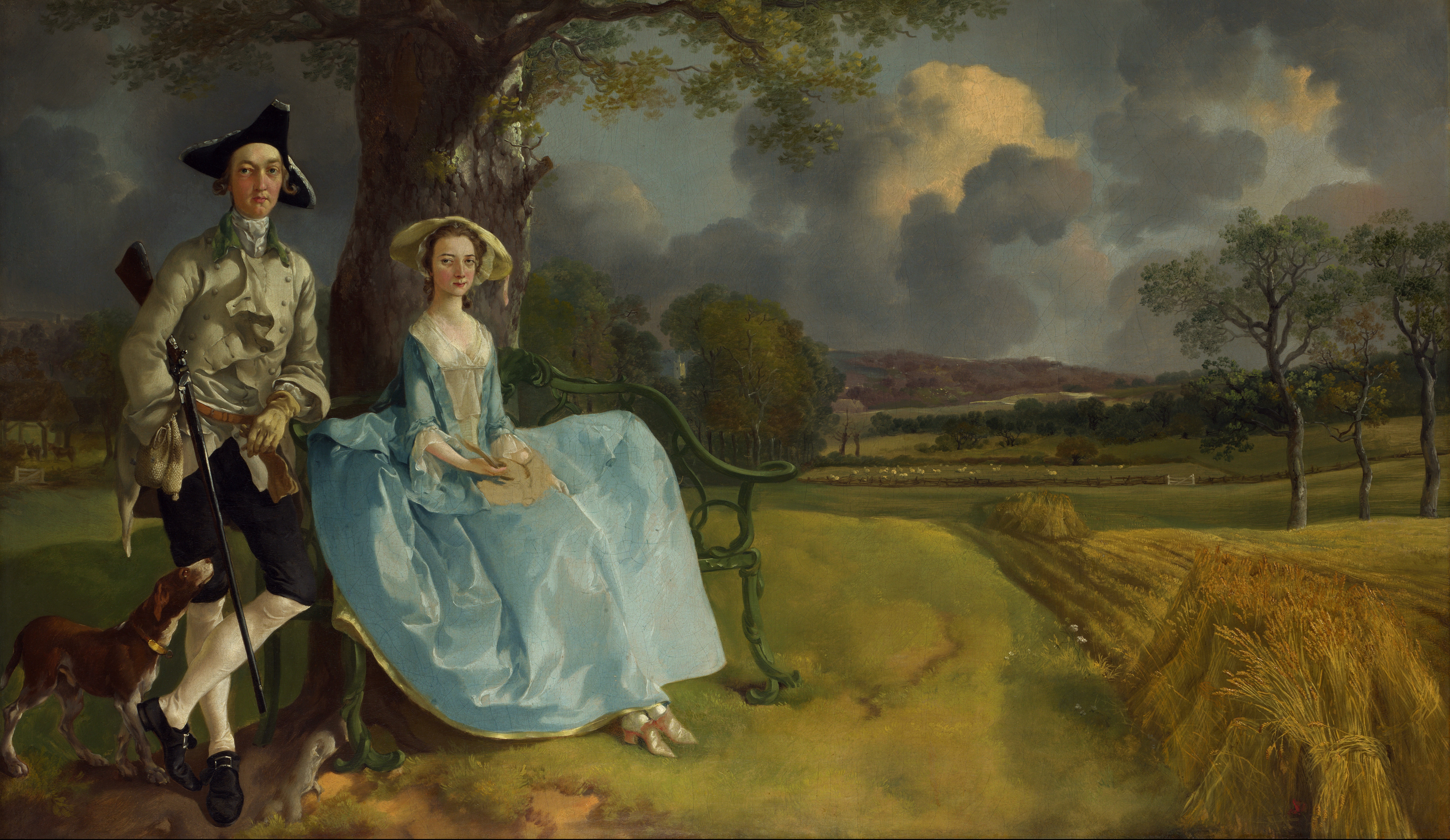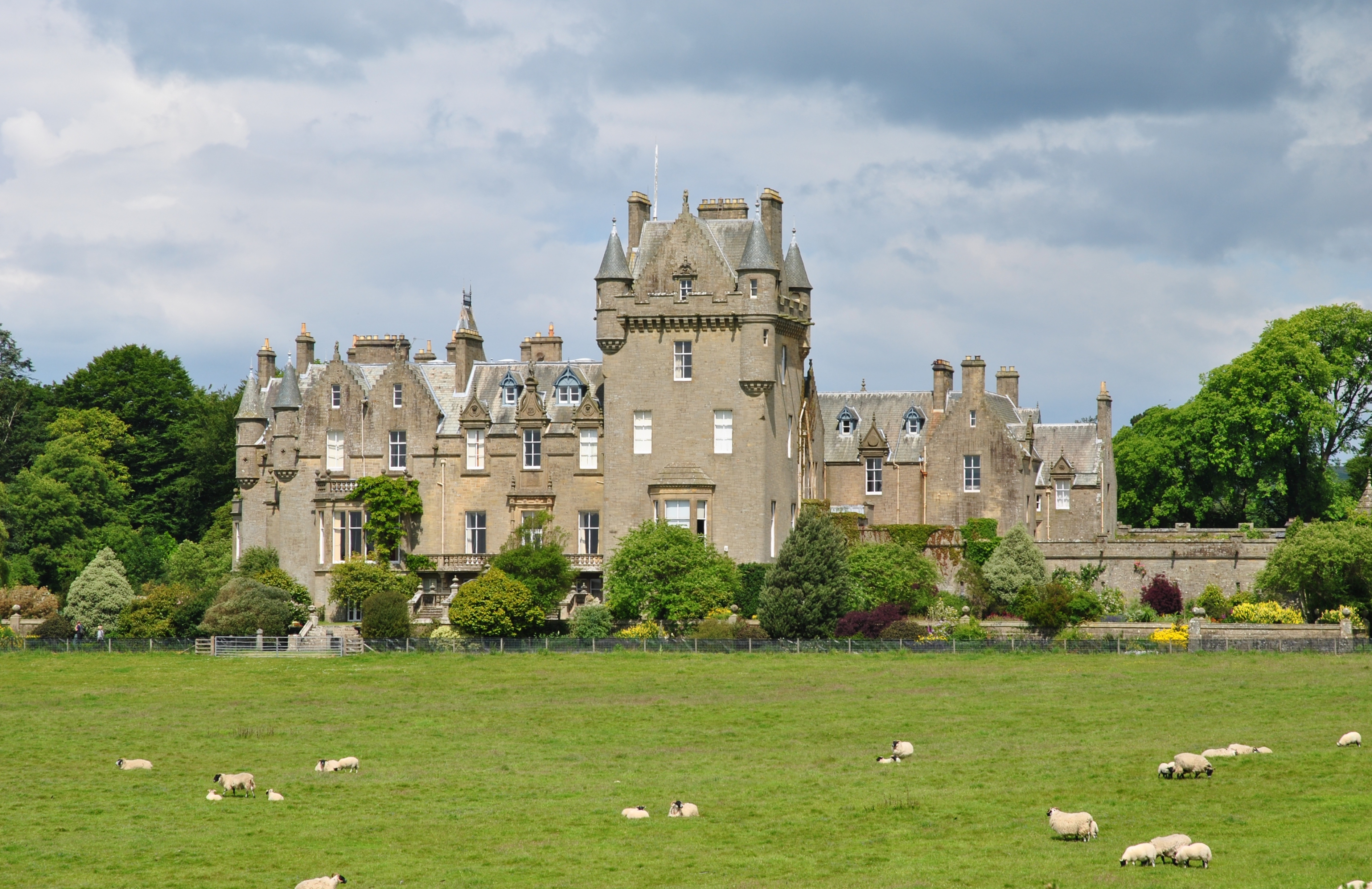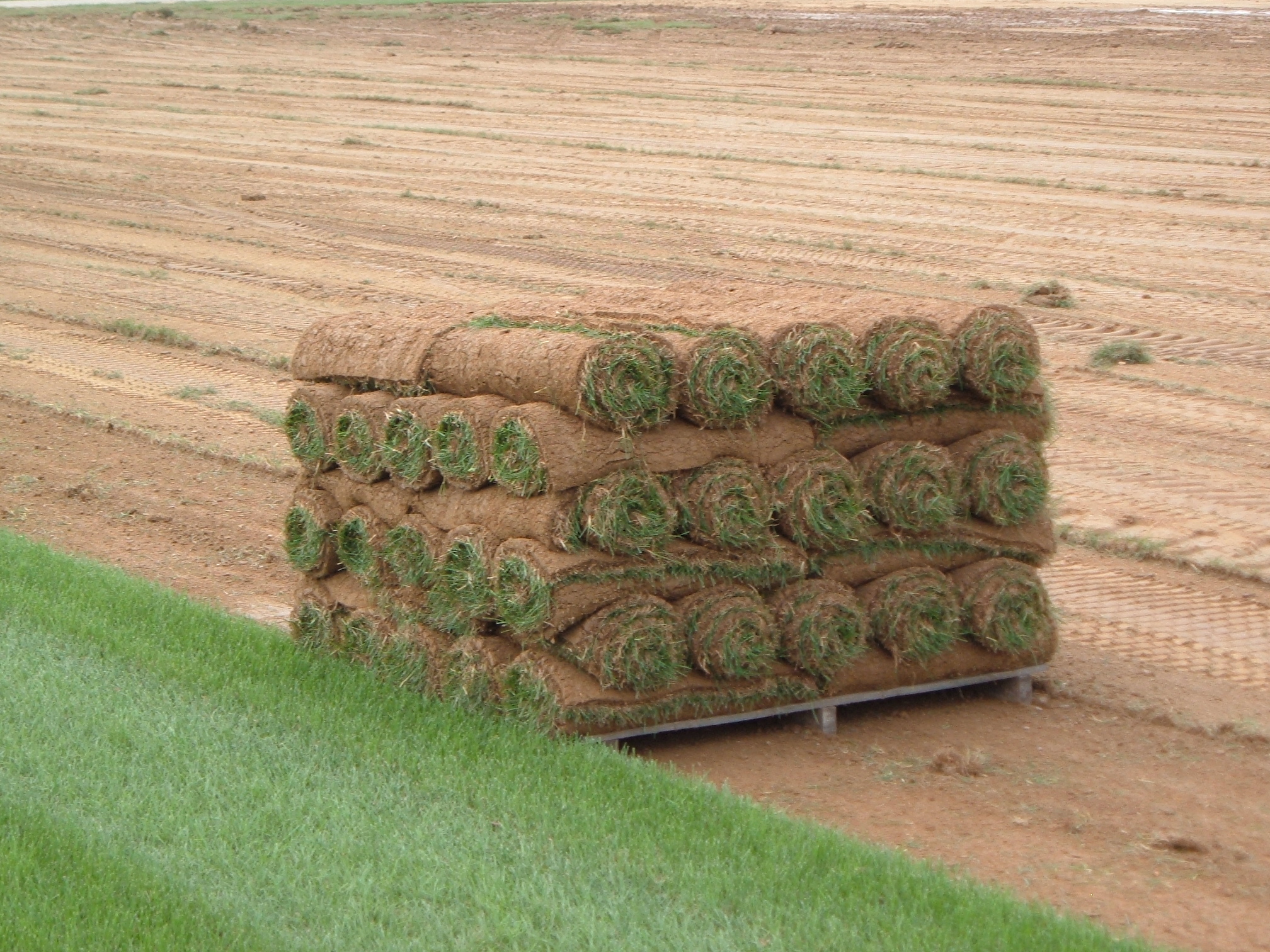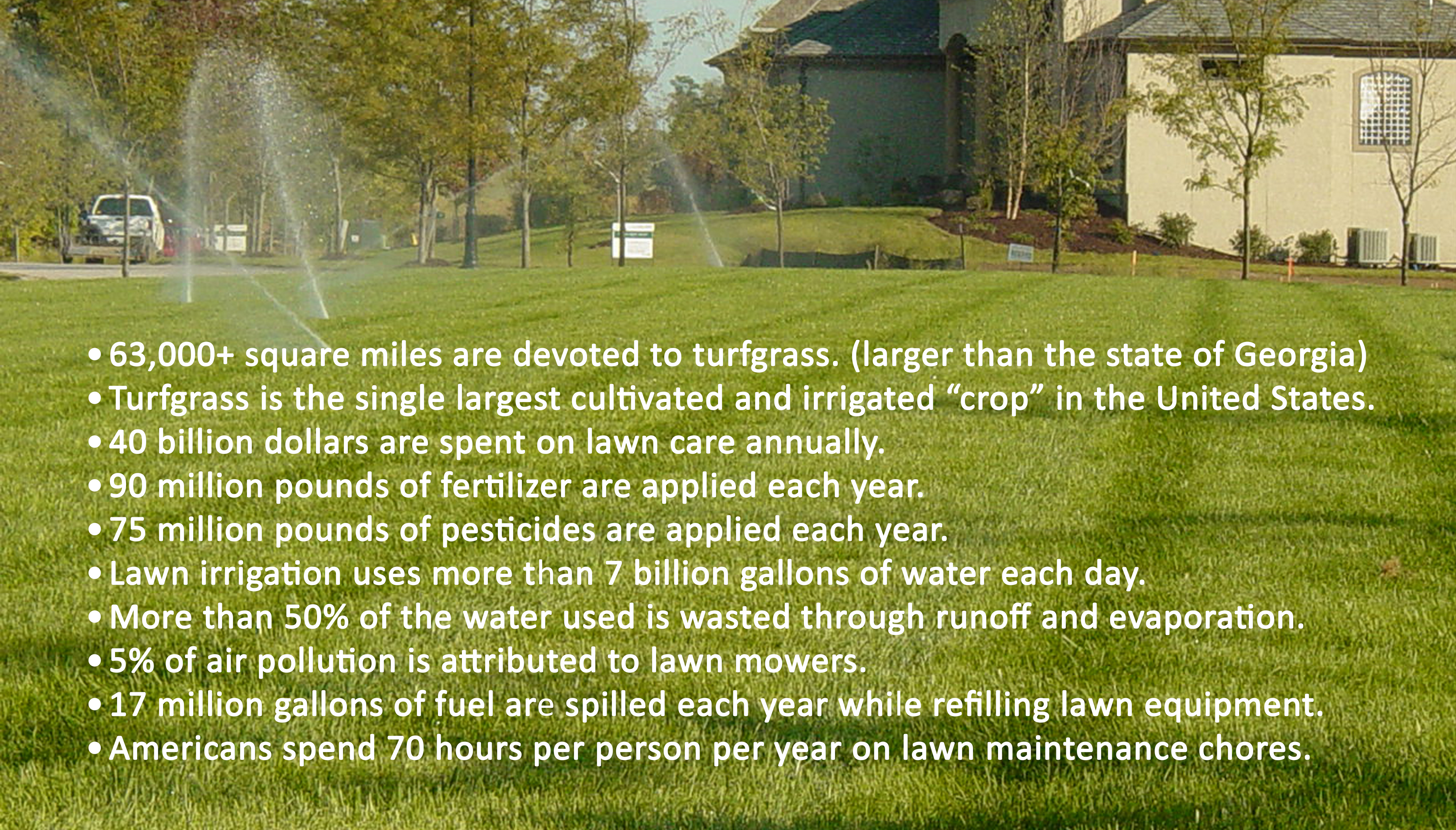My water bill came yesterday. I know that compared to some peoples’, mine isn’t enormous, but it still is taking a bite out of my summer budget. I’d much rather spend that money on some new patio furniture or specimen plants I’ve had my eyes on all season, but paying the bill has priority. I’m wondering if it’s time to rip out my lawn and explore other options. When I bring up the suggestion to my friends however, they all look at me like I am absolutely crazy. They can’t seem to visualize a house without a lawn in front.

As improbable as it seems today, lush green front lawns have not always been the standard here in the United States,especially for those who were not among the ultra wealthy. Instead, there has been a subtle (and sometimes a not so subtle) movement to establish lawns as a cultural norm and a measure of the fulfillment of the American dream.

Expanses of treeless fields were first found around castles in England and France as early as the 1600s.These clearings were critical for protection, as they allowed soldiers to easily scan the countryside for approaching invaders. Eventually, these treeless glades were purposely cultivated, probably using easily maintained thyme and chamomile.

In less than a hundred years, green “grass” lawns were an element of the landscape designs of the wealthy in Europe, many of whom used grazing animals to keep their lawns at a reasonable height. In a show of their wealth, the very rich not only used animals, but also hired laborers to hand cut their lawns and to remove any animal droppings. Thus, the element of status was born.

Imitating the European trend, wealthy American landowners, led by Thomas Jefferson at his Monticello estate, began replacing their functional front yard vegetable and herb gardens for grass lawns. Although admired, the trend remained a hallmark of the wealthy.

The late 1800s (the height of the Industrial Revolution) saw another jump in the popularity of grass lawns for several reasons. The first lawn mower was invented in England and later marketed in the United States. With the elimination of expensive hand labor for maintenance, lawns gradually became more attainable for the growing middle class.

During this same time, Frederick Law Olmstead, who is often referred to as the father of American landscape design, began designing American suburbs. His plans, which included a green lawn for each individual home, provided those escaping from the highly industrialized and dirty cities a perception of being immersed in nature. Owning a home in the suburbs with a lush front lawn quickly became a coveted goal.


The Industrial Revolution also brought more leisure time hours to the general public. To fill those hours, games such as golf and bowls (lawn bowling) became popular. People soon realized however, that a dense lawn improved the quality of play. The U.S. Golf Association and the U.S. Department of Agriculture teemed together to search for better turf grass options.


The lure of the suburbs continued to grow and along with it, the expectation of a home with an existing, healthy lawn. Abraham Levitt, the creator of wildly successful American suburbs and an avid gardener, wrote that ”No single feature of a suburban residential community contributes as much to the charm and beauty of the individual home and the locality as well-kept lawns.” (Steinberg, New York Times Op-ed article: How Green Was My Suburb)

His belief in the importance of well-cared for lawns to a satisfying lifestyle was so strong that he wrote and distributed articles outlining step by step instructions for growing and maintaining lawns to his home buyers. He also imposed fines on homeowners who did not mow their lawns weekly during the spring and summer months. Educated by his materials and encouraged by his enthusiasm, homeowners in his suburbs wholeheartedly embraced his philosophy.

The American Garden Club was also actively promoting the importance of beautiful, well-kept lawns. They instilled the idea of lawn maintenance as a “civic duty” through local and national publicity campaigns and contests and even provided a definition of a “good lawn.” According to the American Garden Club, good lawns were “a plot with a single type of grass with no intruding weeds, kept mown at a height of an inch and a half, uniformly green, and neatly edged.”

By the 1950s and 60s, well-manicured lawns had become the norm and the quest for the perfect, lush and weed-free lawn began in earnest. Seed companies continued to develop seed combinations more appropriate for homeowners while an entirely new industry of chemical based lawn care sprang into life. The 70s and 80s saw the popularity of sod farms rise, giving home owners the option of “instant lawns” grown from regionally appropriate grasses.


Until recently, the ideology of the front lawn had not been questioned; lawns remained a status symbol as well as a measure of both community and personal pride. As concerns about our environment mount and uses of our limited resources are questioned, the role that these large swathes of turfgrass plays in the life of the community as well as in our own lives needs to be re-assessed.
*Consider the following:

*statistics from the Chicago Sun Times and the New York Times
In the next few blogs, the staff at Embassy invites you to consider some interesting alternatives to the traditional front lawn. Hope to see you then.
